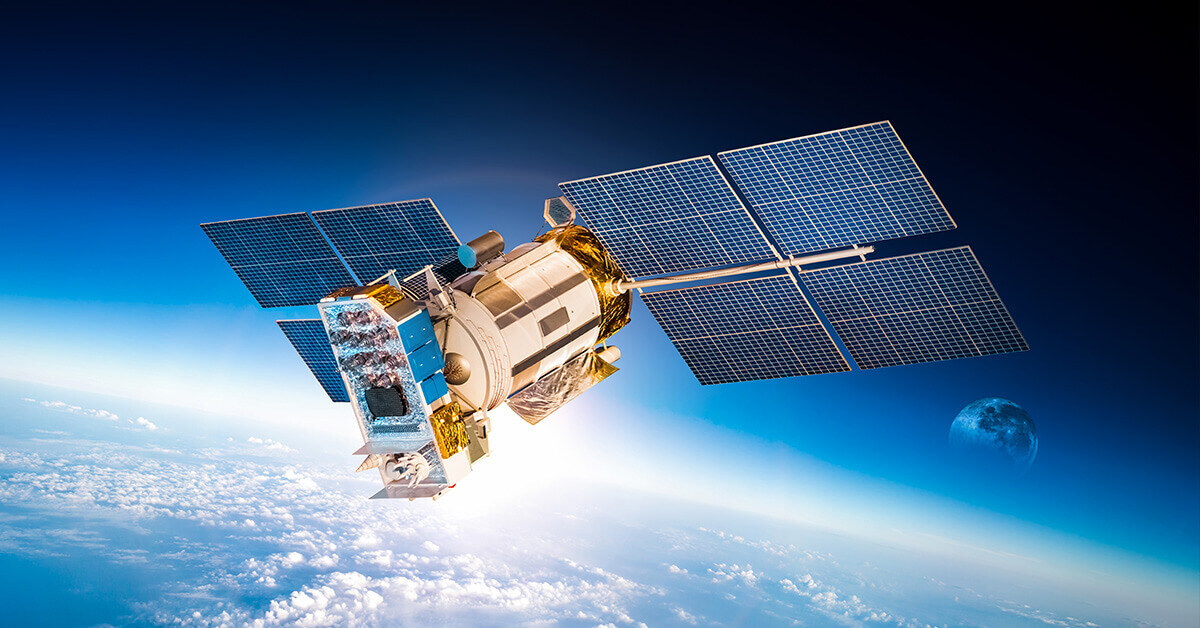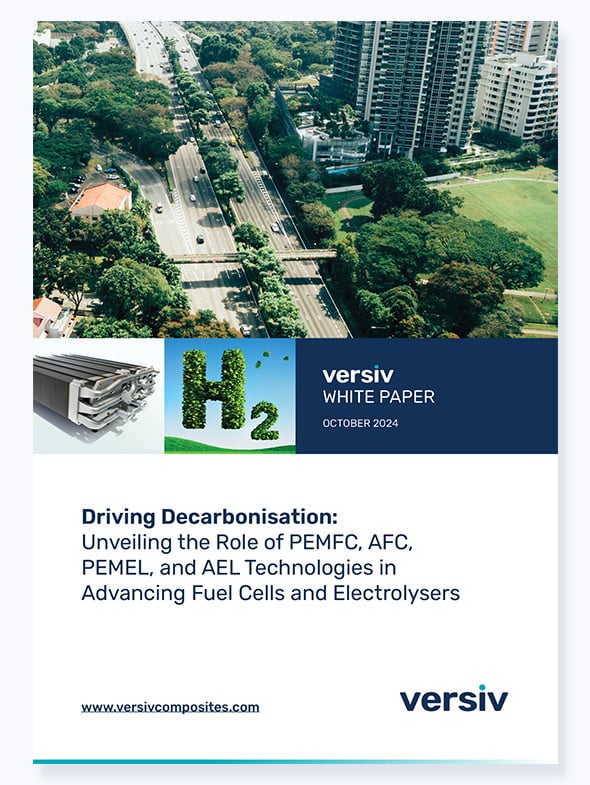

The Role of Multilayer Insulation Blankets in Low Earth Orbit (LEO) Missions
Several space environment factors present in Low Earth Orbit (LEO) missions can degrade materials. Among others, atomic oxygen, solar ultraviolet and vacuum ultraviolet radiation, thermal cycling can all affect material life and contribute to property loss of exposed equipment.
It is for that reason that multilayer insulation blankets (MLIs) are used. MLI can be defined as a high-performance insulator utilising several barriers used to slow down the flow of energy and protect both the surface and the interior of equipment in LEO.
Because it is nearly impossible to design a blanket that reflects 100 percent incident radiation, an MLI design may range from a few simple blankets to a series of sub-blankets to fit complex geometries.
The only components of MLI insulation blankets directly exposed to the environment are those on the outer surface. Versiv Beta® Cloth is very tightly woven glass fabric coated with PTFE. It is this tight weave of Beta cloth that makes it more resistant to atomic oxygen exposure, which means that this product is commonly used as the outer-most layer of multi-layer insulation for space. Another reason for Versiv Beta Cloth use is the material's resistance to shedding, flaking, and other forms of particulate generation, which allow for it to be used in proximity to sensitive components and equipment.
To improve solar absorbance and infrared emittance, Beta Cloth can be aluminised. Alternatively, for missions carrying higher explosion risk, a version incorporating woven graphite can be used to bleed off the charge.
The increasing number of satellites launches inevitably leads to a rise in orbital debris, which can range from small to big fragments released during staging down and during service life. It is therefore the obligation of system designers to ensure that MLI materials contribute as little as possible to the problem as they degrade during operation. Positioning MLI as close as possible to the meteoroid/debris shield helps reduce the damage to the blanket. In order for this to be done efficiently, the blankets are produced to different sizes and shapes. Beta Cloth's handleability and resistance to flexing is therefore crucial not only when the material is placed on the LEO, but even more so during the fabrication and installation of MLI.
Beta® Cloth was heavily used and continues to protect the interior and exterior of the International Space Station (ISS). This historic material has also covered virtually everything inside the Columbia Space Shuttle, including the payload bay and the crew transfer tunnel. It was incorporated into NASA space suits to improve flammability resistance and is used on Mars Curiosity rover, 32 million miles from Earth.
Beta® Cloth products do not contain silicone and are qualified to several space and aerospace industry standards and OEMs.
Our team at Versiv Composites are very proud to continue working on a product that was developed by and with our colleagues decades ago.
What really stands out for us is the long space heritage - among other missions, Beta® Cloth helped the safe and reliable operations of the International Space Station since its conception.
It is amazing to think that this material continues to play such a crucial role in protecting space equipment from the harsh environment of Low Earth Orbit.
As space exploration intensifies, we are committed to and excited about developing the new generation of Beta Cloth products working with our partners while continuously developing our R&D capabilities.
For more, aerospace applications.
Beta® is a registered trademark of Advanced Glassfiber Yarns LLC (AGY).




